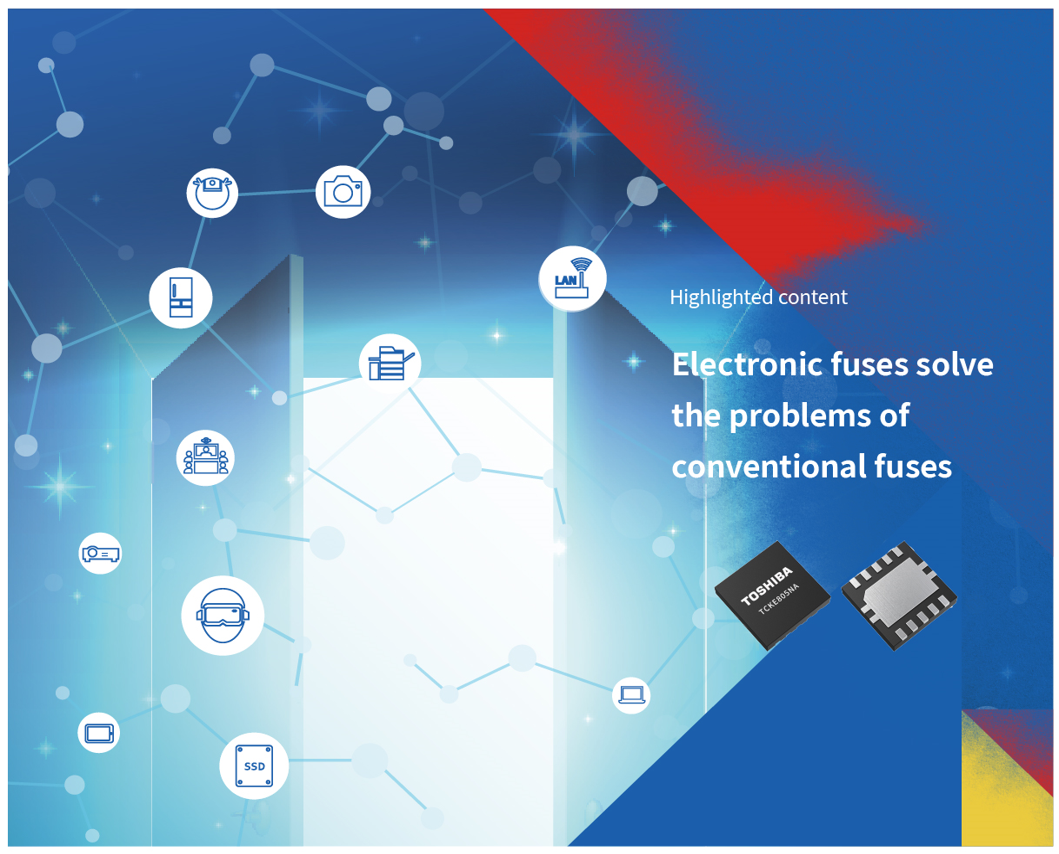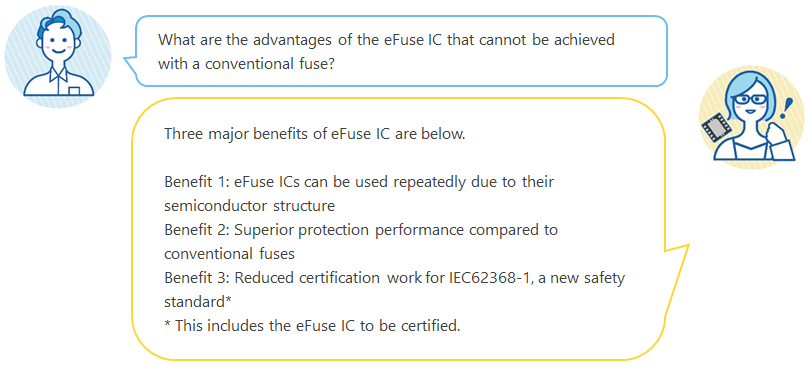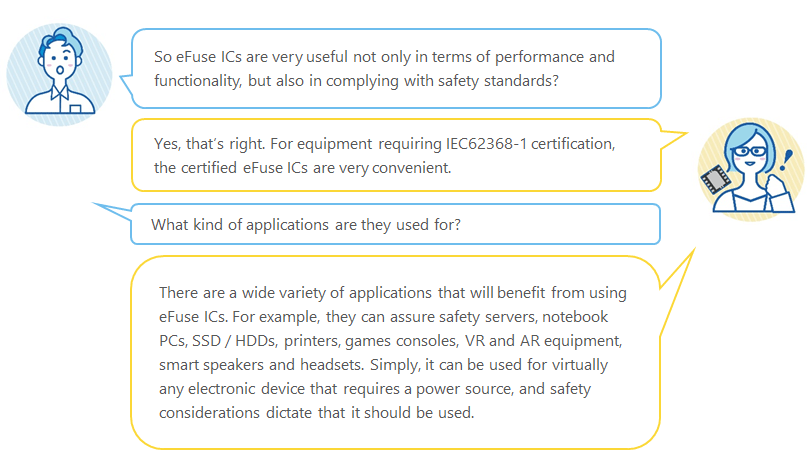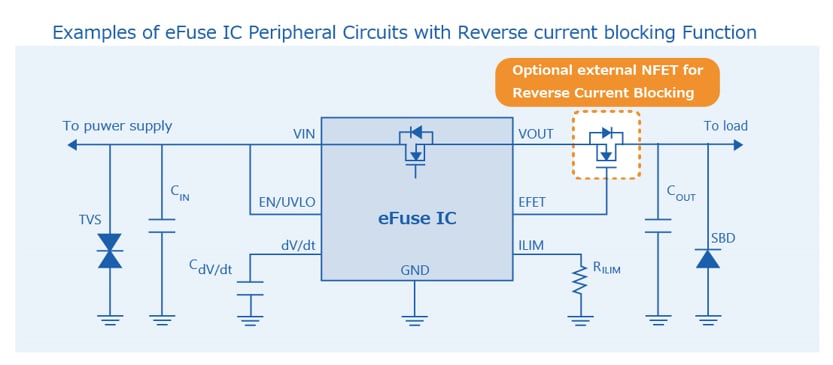-
My ToshibaSemicon
- 반도체 탑
-
애플리케이션Automotive
Body Electronics
xEV
In-Vehicle Infotainment
Advanced Driver-Assistance Systems (ADAS)
Chassis
IndustrialInfrastructure
BEMS/HEMS
Factory Automation
Commercial Equipment
Consumer/PersonalIoT Equipment
Healthcare
Wearable Device
Mobile
Computer Peripherals
-
제품자동차 디바이스
Discrete Semiconductor
다이오드
트랜지스터
로직 IC
Analog Devices
Digital Devices
Wireless Devices
※
: Products list (parametric search)
파워반도체※
: Products list (parametric search)
Isolators/Solid State RelaysPhotocouplers
Digital Isolators
Solid State Relays
Fiber Optic Transmitting Modules
※
: Products list (parametric search)
MOSFETsIGBTs/IEGTs바이폴라 트랜지스터※
: Products list (parametric search)
다이오드※
: Products list (parametric search)
마이크로컨트롤러모터 드라이버 ICIntelligent Power ICs※
: Products list (parametric search)
전원관리IC리니어 IC※
: Products list (parametric search)
범용로직IC리니어 이미지 센서기타 제품용 IC기타 제품용 IC
※
: Products list (parametric search)
-
개발/설계 지원
-
기술 자료
- 구매처
- 부품 번호 & 키워드 검색
- 상호 참조 검색
- 파라미터 검색
- 재고 확인 및 구매
This webpage doesn't work with Internet Explorer. Please use the latest version of Google Chrome, Microsoft Edge, Mozilla Firefox or Safari.
3글자 이상 입력하세요. Search for multiple part numbers fromhere.
The information presented in this cross reference is based on TOSHIBA's selection criteria and should be treated as a suggestion only. Please carefully review the latest versions of all relevant information on the TOSHIBA products, including without limitation data sheets and validate all operating parameters of the TOSHIBA products to ensure that the suggested TOSHIBA products are truly compatible with your design and application.Please note that this cross reference is based on TOSHIBA's estimate of compatibility with other manufacturers' products, based on other manufacturers' published data, at the time the data was collected.TOSHIBA is not responsible for any incorrect or incomplete information. Information is subject to change at any time without notice.
3글자 이상 입력하세요.
Electronic fuses solve the problems of conventional fuses

In recent years, electronic fuses have attracted considerable attention and the industry’s need for solutions of this kind is continuously increasing. Conventional glass tube fuses, chip fuses and poly fuses are easily affected by ambient temperatures and other usage conditions, and the accuracy of the breaking current is low. In addition, the speed of response is slow. The impact of these issues has intensified in recent years because of the miniaturization of electronic systems and the need to improve performance of systems. Another important factor to consider is that conventional fuses must be repaired or replaced after they have blown. Moreover, fuses are now required to have more advanced functions in order to comply with IEC62368-1 - the new safety standard relating to ICT and AV equipment.
Electronic fuses are integrated circuits (ICs). Here MOSFETs are used for voltage-current detection circuits, control circuits, and current path interruptions. Because they are ICs, they integrate high-precision and high-speed functions within compact packages. These cover overcurrent, overvoltage, short-circuit, overheating, etc.. Whereas conventional fuses basically only shut down the current path, electronic fuses are able to offer many protection and control functions, thereby making it relatively straightforward to obtain IEC62368-1 certification. Electronic fuses are able to overcome the issues that are associated with conventional fuses.
Why are electronic fuses attracting attention?

| Electronic fuse Toshiba eFuse IC |
Poly fuse (Poly switch / Resettable fuse) |
Chip fuse | Glass tube fuse | |
|---|---|---|---|---|
| Protection method |
Shut down MOSFET switch | Current limit by resistance increase |
Blown conductive part |
Blown conductive part |
| Protection speed |
150ns (typ.) * | Several 100 ms to several s |
Several s | Several s |
| Repeated use | Possible | Possible | Not possible | Not possible |
* Example of TCKE8xx series. Speeds may vary by product.
Three major benefits of eFuse IC

What is eFuse ICs?

What are the applications of the eFuse IC?

Circuit example of eFuse IC



